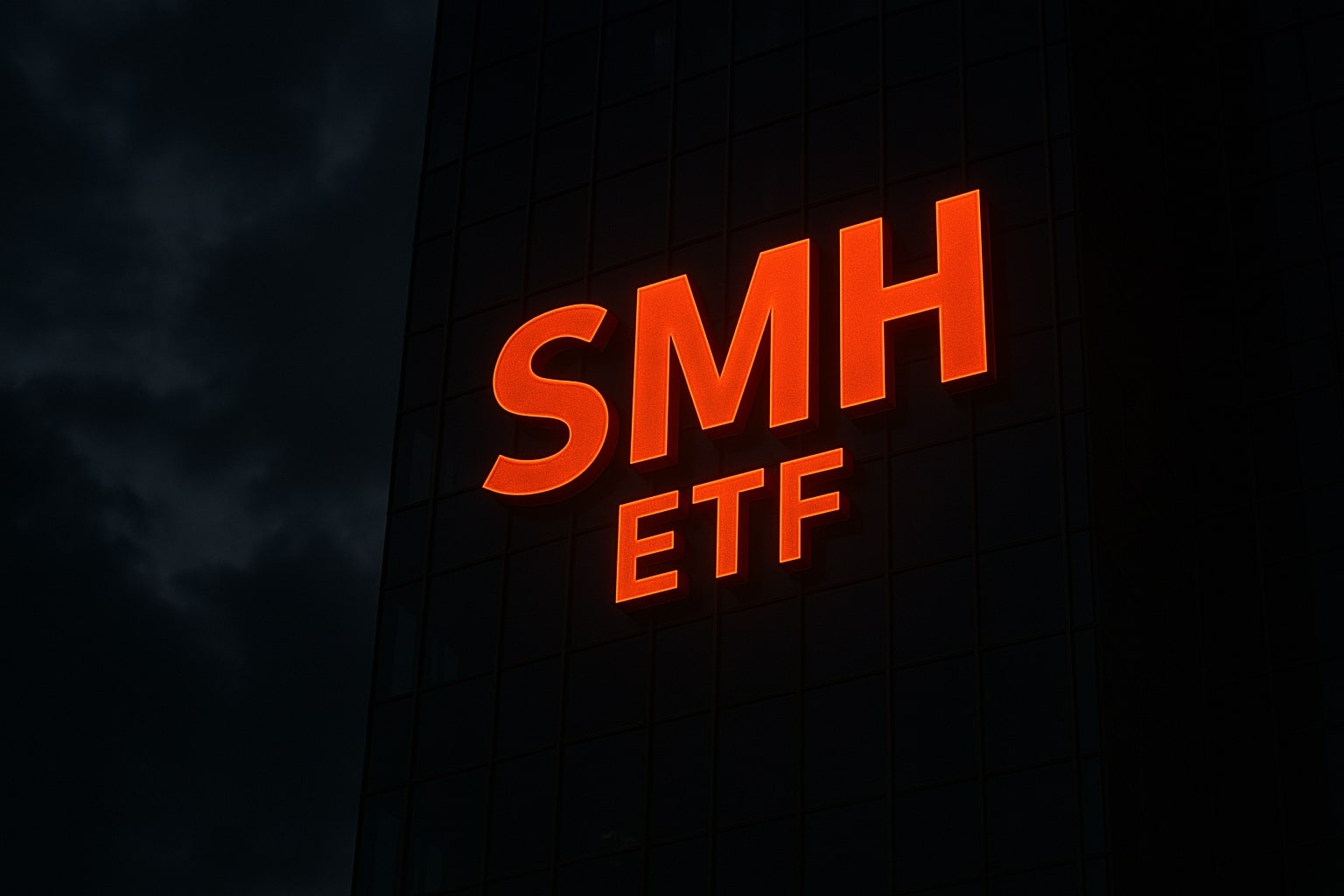
Bitcoin ETF Exodus: BTC-USD Falls to $102,954 After $1 Billion in Institutional Outflows – Can Support at $99K Hold?
U.S. Bitcoin ETFs see five straight days of redemptions totaling $1.02 billion, sparking a 15% monthly slide in BTC-USD | That's TradingNEWS
Bitcoin ETF Outflows Deepen as Institutional Rotation Reshapes Crypto Market (BTC-USD)
Bitcoin (BTC-USD) slumped toward $102,954, shedding over 15% in the past month, as U.S. spot Bitcoin ETFs recorded unprecedented capital withdrawals exceeding $1.02 billion since October 26. The latest session saw $578 million leaving Bitcoin ETFs in a single day, extending a five-day streak of redemptions and marking one of the largest institutional retreats since the funds’ debut. The outflows underscore mounting investor caution as rising Treasury yields, tightening liquidity, and profit-taking converge to pressure digital asset valuations across the board.
Institutional Exodus and ETF Liquidity Drain
Data compiled from SoSoValue and Farside confirm that BlackRock’s iShares Bitcoin ETF (IBIT) led the exodus with more than $185 billion in monthly outflows, while aggregate withdrawals across all U.S. Bitcoin ETFs topped $1 billion in the first week of November alone. This pattern reflects an institutional liquidity drain rather than a structural loss of faith—large holders are locking in record profits accumulated through October’s all-time highs. ETF analysts interpret the sustained redemptions as portfolio rebalancing and risk repricing, not total disengagement. Still, such large-scale capital rotation immediately tightened Bitcoin’s liquidity profile and amplified downside volatility.
Correlated Pullback Across Ethereum ETFs
Bitcoin’s outflows coincided with another $219 million in daily withdrawals from Ethereum spot ETFs, bringing their monthly total to $300 million and marking five consecutive days of redemptions. BlackRock’s ETHA ETF saw $192 million withdrawn in November alone, while Fidelity’s FETH lost $44 million. Combined with Grayscale’s ETHE and ETH products shedding $88 million in 24 hours, the total cross-asset ETF outflows reached $797 million in a single day. Ethereum’s price responded with a 25% monthly decline, falling to $3,341, reflecting diminished appetite for high-beta crypto exposure.
Divergence: Solana ETFs Absorb Capital While SOL-USD Falls 30%
While Bitcoin and Ethereum ETFs faced sustained selling, Solana-based ETFs became the unexpected beneficiaries of institutional diversification. Despite SOL-USD tumbling more than 30% in the past month, Solana ETFs recorded six consecutive days of net inflows, totaling $84.88 million over 30 days. Bitwise’s BSOL ETF accounted for $78.32 million of that figure, while Grayscale’s GSOL added $6.56 million. The resilience of Solana ETFs suggests growing confidence among yield-oriented funds, particularly with BSOL offering 7% staking rewards and exposure to Solana’s expanding DeFi and NFT ecosystems, which now exceed 340 million NFTs minted and 461 billion total transactions.
Macro Pressures: Yields, Dollar Strength, and Risk Aversion
Institutional outflows from Bitcoin ETFs mirror broader risk-off positioning triggered by rising U.S. Treasury yields (10-year at 4.14%) and the U.S. Dollar Index (DXY 100.24) touching a three-month high. These shifts tightened global liquidity and reduced speculative leverage across digital markets. Macro desks cite a “liquidity inversion” phase—where the cost of holding risk assets increases as real yields rise. Consequently, institutional desks have rotated capital into cash and short-duration bonds, draining liquidity from crypto ETFs that had become temporary cash equivalents during the summer rally.
Market Mechanics: From Record Inflows to Structural Correction
The crypto ETF complex has transitioned from record inflows of $1.9 billion in October to steep outflows in early November, reversing sentiment faster than during prior Bitcoin cycles. Spot Bitcoin ETFs had previously served as the single largest inflow source since January 2024, accounting for 43% of all institutional crypto capital. The sudden reversal highlights how ETF flows—once heralded as a stabilizing institutional channel—now act as a volatility amplifier. Funding rates on BTC perpetual futures turned negative at –0.015%, confirming leveraged long liquidation, while open interest dropped 18% week-on-week to $14.3 billion.
Market Spillover: Equities and Crypto-Linked Stocks
Crypto-linked equities mirrored ETF volatility. MicroStrategy (NASDAQ:MSTR) plunged 6.68% to $246.99, Coinbase (NASDAQ:COIN) fell 6.99% to $307.32, and Robinhood (NASDAQ:HOOD) slid 6.9% to $136.80, underscoring the high-beta relationship between digital assets and publicly traded crypto firms. Institutional investors managing cross-asset exposure are trimming positions across all correlated instruments, including Grayscale trusts and listed miners, to mitigate drawdowns.
Institutional Positioning and Sentiment Metrics
Market sentiment has cooled sharply. Bitcoin’s RSI stands at 33.95, nearing oversold territory, while its MACD histogram remains negative, suggesting bearish momentum persists. Futures funding turned net short, and social sentiment across major trading platforms declined 28% week-on-week. Nonetheless, long-term holders remain steady—addresses dormant for over a year still control 68% of circulating BTC, signaling underlying conviction. Institutional demand may re-emerge once volatility normalizes and inflows stabilize, potentially near the $99,000–$100,000 support zone where cost-basis accumulation historically builds.
Regional Flows: Hong Kong and Asia Drive Counter-Cycle Interest
Interestingly, Asian capital flows have begun to diverge from U.S. trends. Hong Kong-approved Solana ETFs recorded $400 million in institutional inflows, signaling early adoption among regional wealth managers seeking regulated crypto exposure. These inflows contrast sharply with U.S. outflows, highlighting the global fragmentation of crypto ETF sentiment. Meanwhile, Singapore and Japan’s regulators are reviewing frameworks to enable similar spot ETF access, suggesting a potential rebalancing of global crypto liquidity toward Asia.
Read More
-
VanEck Semiconductor SMH ETF (NASDAQ:SMH) Surges 42% YTD: Is $430 Next as AI Spending Explodes?
05.11.2025 · TradingNEWS ArchiveStocks
-
XRP ETFs XRPR and XRPI Surge 9% as U.S. Approval Nears: $10B Inflows Could Send XRP to $3.50
05.11.2025 · TradingNEWS ArchiveCrypto
-
Natural Gas Price Forecast – NG=F Climbs Above $4.30 as Record LNG Exports Ignite Bullish Winter Momentum
05.11.2025 · TradingNEWS ArchiveCommodities
-
USD/JPY Price Forecast – Dollar-Yen Rebounds Toward 154.00 as U.S. Data Beat Expectations and Yields Surge
05.11.2025 · TradingNEWS ArchiveForex
Volatility Outlook: Correction or Repricing Opportunity?
Bitcoin’s volatility index (BVOL) spiked to 72.4, its highest in five months, echoing the leverage reset phases seen after prior ETF launches. Analysts expect short-term support around $99,000, followed by technical resistance near $107,500 and $112,800. If ETF redemptions stabilize, re-entry by macro funds could drive Bitcoin back toward the $115,000–$120,000 region. However, persistent ETF outflows beyond mid-November may risk retesting the $92,000 handle.
Strategic Outlook and Market Verdict
The confluence of rising yields, ETF outflows, and volatility compression has produced a tactical bearish setup in the near term. Yet, structurally, Bitcoin remains underpinned by long-term holder strength and a constrained supply environment. As institutions rebalance, the liquidity vacuum may create entry points for patient capital. Given historical flow reversals post-liquidation, the market setup favors a medium-term accumulation bias once BTC consolidates above $100,000.
Verdict: Hold – Short-Term Pressure, Long-Term Opportunity for BTC-USD
Based on quantitative flow data, volatility metrics, and technical structure, the outlook for Bitcoin (BTC-USD) remains neutral-to-bullish in the long term but bearish in the short term. The near-term target zone remains $99,000–$107,500, with recovery potential toward $120,000 once ETF inflows return. Institutional participation is temporarily contracting, not collapsing. Hence, strategic investors should Hold, watching for stabilization in ETF flow data and macro yield movements before scaling back in.

















